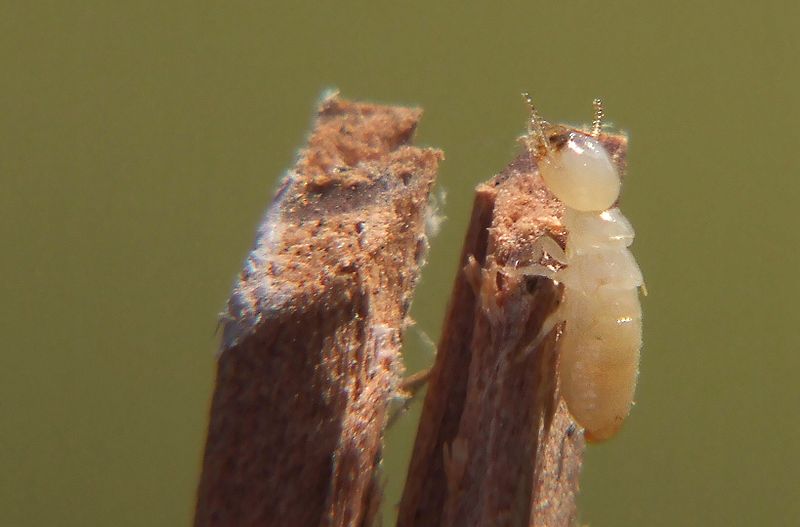By studying termites' immune systems scientists have found a sweet solution to getting rid of the pests, but in a green way.
 Writing in this week's PNAS, Northeastern University researcher Mark Bulmer and his colleagues have discovered a natural way to suppress the immune systems of termites making them vulnerable to overwhelming fungal infections. The team began by studying how the insects normally keep themselves infection-free.
Writing in this week's PNAS, Northeastern University researcher Mark Bulmer and his colleagues have discovered a natural way to suppress the immune systems of termites making them vulnerable to overwhelming fungal infections. The team began by studying how the insects normally keep themselves infection-free.
This is achieved using a family of substances called GNBPs - gram negative bacteria binding proteins - which lock onto chemical structures on the surfaces of pathogens and neutralise them. They are particularly effective against a fungus called Metarhizium anisopliae, which is killed when one of the GNBPs - GNBP-2 - breaks down essential molecules called glucans in its cell walls. But by modelling the structure of GNBP-2, and how it locks onto the fungal cell wall structures, the team were able to pick out a naturally-occurring and generally non-toxic sugary substance - D-gluconolactone - that would bind tightly to and block the GNBP-2.
Giving this substance to termites effectively rendered them chemically blind to the fungus, which attacked and killed them.
'This [gluconolactone],' say the researchers, 'is an alternative to toxic pesticides given that is it natural, non-toxic and biodegradable.' The team also point out that since other species of insects share GNBP-2 with termites it might also work further afield against other crop pests.
'Because D-gluconolactone is a product of a biosynthetic pathway, plants could conceivably be engineered to produce it in high amounts and in specific compartments, which would bolster their immunity to pest attacks.'
- Previous Malarial Achilles Heel
- Next Betelgeuse the shrinking star










Comments
Add a comment